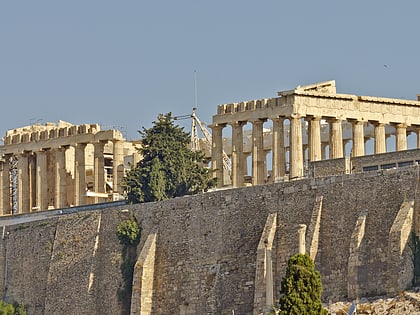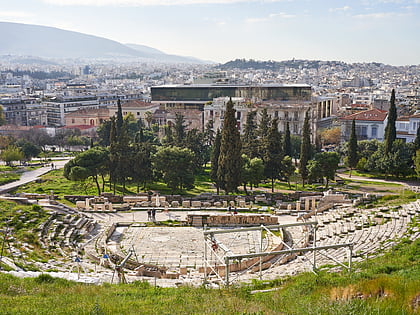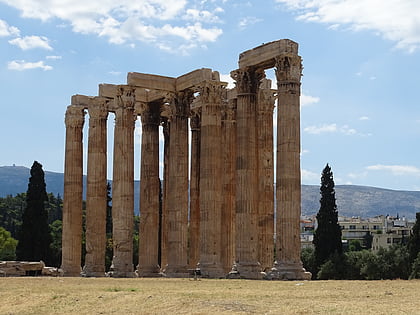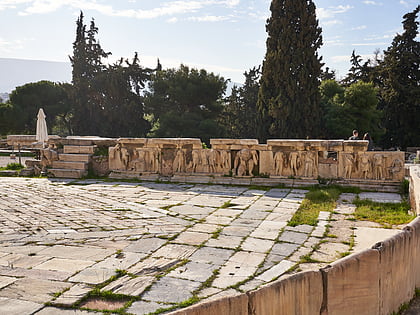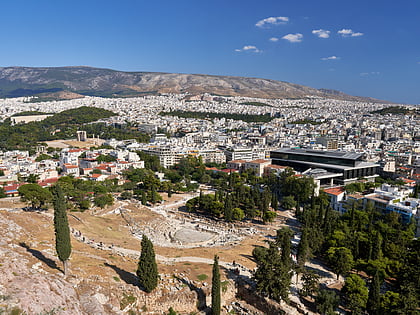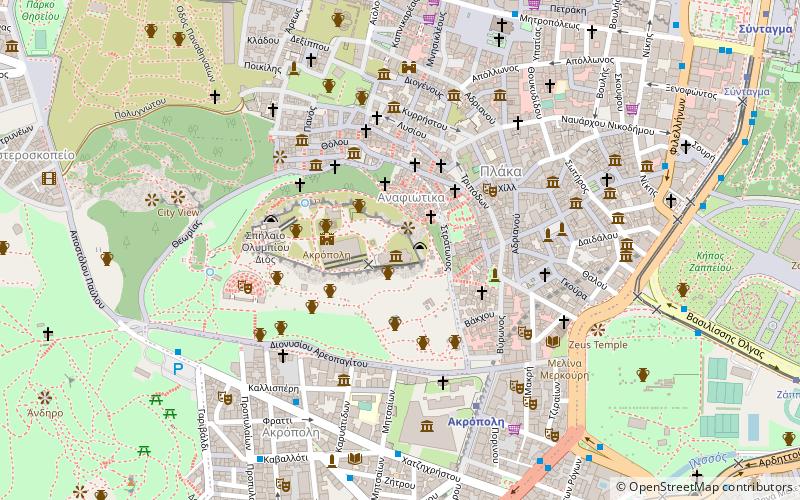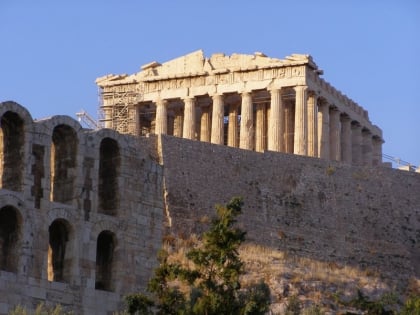Persian Rider, Athens
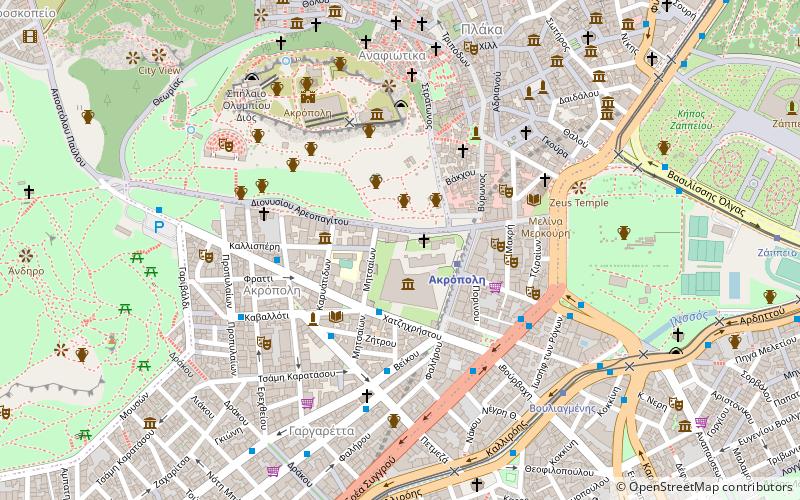
Facts and practical information
The Persian Rider is an archaic Greek equestrian sculpture, c. 520–500, that once stood on the Akropolis, Athens. Only fragmentary remains survive; the lower torso and legs of the rider and the head, forelegs and chest of the horse. It was found west of the Erechtheion in 1886 and reconstructed by Franz Studniczka. Significant amounts of the original surface painting remains on the statue including the multicoloured pattern on the leggings of the rider which is thought to indicate that he was Persian or Scythian, hence the name. The sculpture now stands in the Akropolis Museum. ()
Αθήνα 1 (Μακρυγιάννη)Athens
Persian Rider – popular in the area (distance from the attraction)
Nearby attractions include: Parthenon, Acropolis Museum, Choragic Monument of Thrasyllos, Asklepieion of Athens.
Frequently Asked Questions (FAQ)
Which popular attractions are close to Persian Rider?
How to get to Persian Rider by public transport?
Metro
- Akropoli • Lines: Μ2 (2 min walk)
- Syngrou-Fix • Lines: Μ2 (9 min walk)
Bus
- Μακρυγιαννη • Lines: 040, 040 Συνταγμα - Πειραιασ, 227, 790, Α2, Α3 (6 min walk)
- Συγγρου • Lines: 227 (6 min walk)
Trolleybus
- Άγιος Ιωάννης • Lines: 1, 15, 5 (5 min walk)
- Αγιοσ Ιωαννησ • Lines: 1, 15, 5 (5 min walk)
Tram
- Βουλιαγμένης • Lines: Τ4, Τ5 (7 min walk)
- Fix • Lines: Τ4, Τ5 (8 min walk)
Train
- Lycabettus Hill Funicular - Lower Station (30 min walk)
- Lycabettus Hill Funicular - Top Station (32 min walk)
